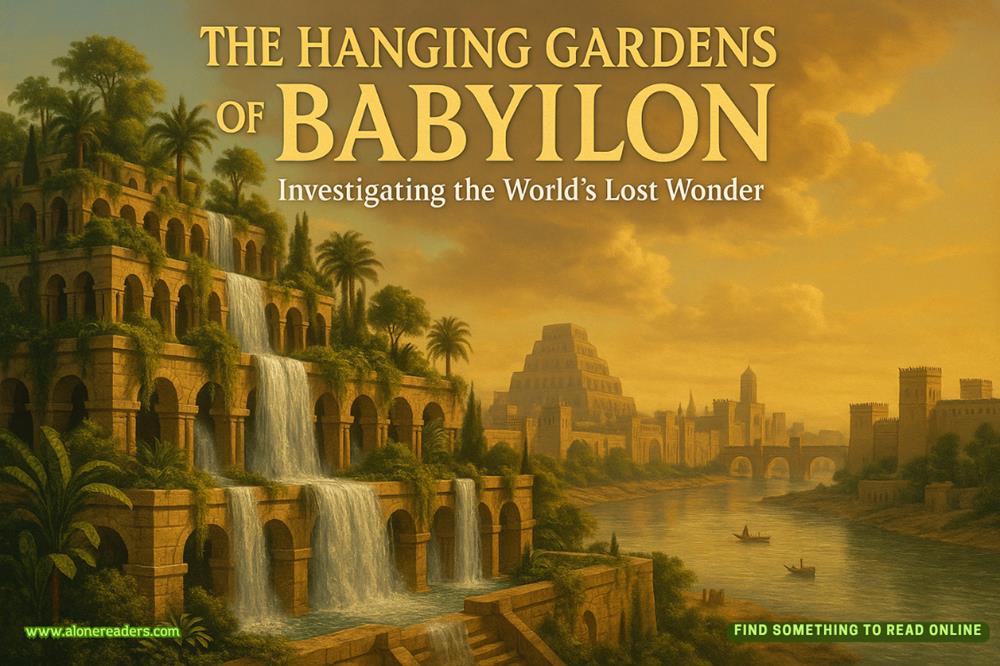Page 59 of A Death in Cornwall
“I suppose this means we’re busted.”
“Totally.”
Part Two
The Heist
24
Place de Cornavin
The headquarters of the NDB, Switzerland’s small but capable internal security and foreign intelligence service, were located at Papiermühlestrasse 20 in the tranquil Swiss capital city of Bern. Christoph Bittel, the NDB’s newly appointed director-general, was presiding over a meeting of his division chiefs when, at 4:12 p.m., he received a call on his personal mobile phone. After seeing the name displayed on the screen, he excused himself to conduct the conversation in the privacy of his office. Later he was glad he had.
“This might come as a surprise,” he said, “but I’m inclined to hang up and return to my meeting.”
“I wouldn’t, if I were you, Bittel.”
“Let’s hear it.”
The explanation was less than thirty seconds in length and involved a missing painting, a dead art dealer, and perhaps the most famous woman in Switzerland. Bittel was nevertheless certain he was getting only a small part of the story.
“Don’t even think about leaving that gallery. I’ll get over to Geneva as quickly as I can.”
Criminal matters were not the province of the NDB—not unless they involved espionage or a threat to the Confederation’s security, which this incident, at least for the moment, did not. It did, however, represent a potential threat to Swiss business interests, if for no other reason than the crime had occurred inside the Geneva Freeport. The facility had already been the source of several embarrassing scandals, including one involving a notorious Italian dealer of looted antiquities. If the truth be told, Bittel was not fond of the Freeport or the global superrich who hid their treasures there. Still, it was in his interests, and Switzerland’s, to contain any damage.
And so Christoph Bittel rang the chief of the Police Cantonale de Genève and to the best of his ability explained the situation. And the chief, who was justifiably dubious as to the accuracy of what she was being told, agreed that discretion was called for. She immediately rang the head of the sûreté, the criminal division of the force, and at 4:27 p.m. the first detectives entered the stubby office block at the southern end of the Freeport. On their way to the lift, they instructed the security guard on duty in the lobby to lock all of the building’s doors and remain at his post until further notice. They did not bother to tell him where they were going or why they were there.
Upstairs, they knocked on the glass door of Galerie Ricard and were admitted by a man of medium height and build dressed mostly in black. He was accompanied by two women, one the detectives recognized instantly and one they did not. The victim was in his office along with an empty frame. In one of the gallery’s two exhibition rooms were six paintings by six of the most famous artists who had ever lived, or so it appeared to the detectives. Curiously, all six of the works had been cut to ribbons.
In short order they established that the gentleman clad largely in black was in fact the legendary former intelligence operative Gabriel Allon, that the older of the two women was indeed the renowned violinist Anna Rolfe, and that the second woman, a Danish citizen named Ingrid Johansen, was Madame Rolfe’s assistant. Subsequent questioning revealed that they had arrived at the gallery at 4:00 p.m. to conclude a transaction involving several valuable works of art, including a 1937 surrealist painting by Pablo Picasso. The former intelligence operative had gained entry to the gallery by picking the lock, whereupon he discovered that Monsieur Ricard had been slain and the Picasso stolen.
“Do you have any idea who might have done it?”
“I’m betting it was the person who arrived at the gallery a couple of hours before we did. The security guard downstairs undoubtedly got a good look at him. In fact, if I had to guess, he might even have some video.”
One of the detectives headed down to the lobby to have a word with the guard. Yes, Galerie Ricard had had a visitor earlier that afternoon, a sturdy German in his late thirties. He had arrived at 2:17 p.m. and was carrying an art transport case. He was carrying the same case when he left the building approximately ten minutes later.
“Name?”
“Andreas Hoffmann.”
“Did you have a look at his ID?”
The guard shook his head.
“Where do I get the video?”
“The central security office.”
It was located in the Freeport’s main administration building. But as it turned out there were no images of a sturdy German to be found there. Someone, it seemed, had hacked into the Freeport’s computer network and erased six months’ worth of saved video. At which point the murder of Edmond Ricard, gallerist at the Geneva Freeport, became a matter for Christoph Bittel and the NDB.
***
It was approaching 8:00 p.m. when the Swiss intelligence chief finally arrived in Geneva. He headed not for the Freeport but the headquarters of the Police Cantonale in the Place de Cornavin. The world-renowned violinist and her assistant were in the staff canteen, surrounded by several admiring officers. The former intelligence operative was in an interview room, where he had been questioned at length by the head of the sûreté. Because the session was recorded, the subject had been less than truthful. But the version of the story he gave Christoph Bittel, a trusted friend and partner from his previous life, was for the most part accurate.
“Do you know how many crimes you committed?”
“None, actually.”















